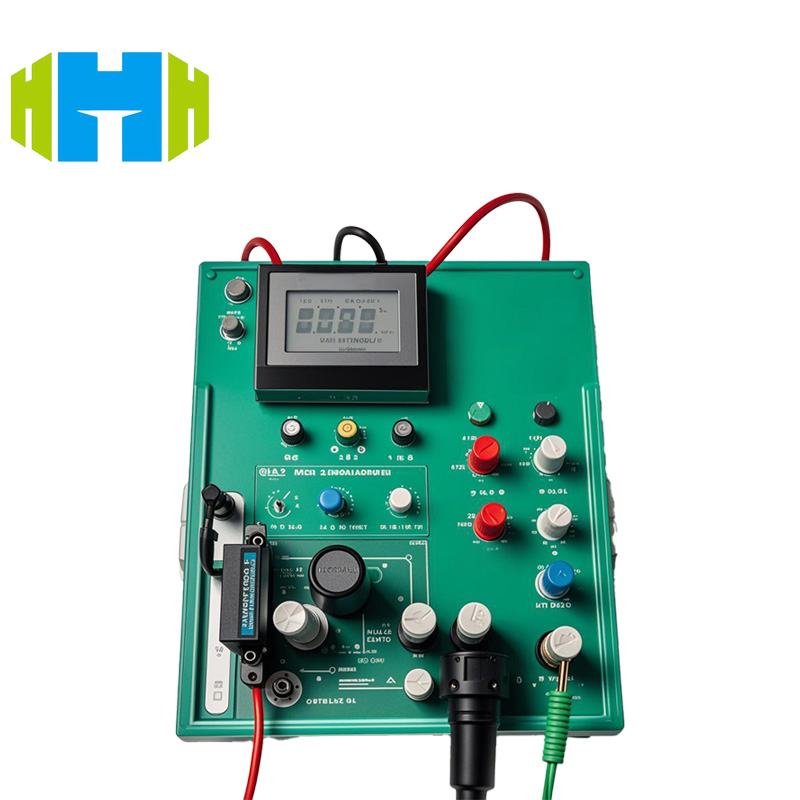What Are You Looking For?
What Are You Looking For?
An optocoupler tester is a specialized device used to measure and analyze the performance parameters of optocouplers. These testers are crucial in ensuring the reliability and functionality of optocouplers in various electronic applications. This article provides a detailed overview of optocoupler testers, including their key parameters presented in a table.
Item No. :
HJ-IEPTE-020Minimum Order Quantity (MOQ) :
1 setPayment Method :
L/C,T/T,PayPalPrice :
NegotiatableProduct Origin :
TurkiyeSupply Ability :
1 sets per 2 monthLead Time :
60 Working DaysConventional packaging :
PlywoodOptocoupler Tester: A Comprehensive Guide
Optocoupler testers are designed to test a wide range of optocoupler types, including single-channel, dual-channel, and multi-channel analog, digital, high-speed, and linear optocouplers. These testers offer comprehensive testing capabilities, allowing engineers to measure various parameters such as input forward voltage (VF), output reverse leakage current (ICEO), current transfer ratio (CTR), and more.
The following table lists some of the key parameters that can be measured using an optocoupler tester:
|
Parameter |
Description |
|
VF (Forward Voltage) |
The forward voltage drop across the input diode of the optocoupler when a forward current is flowing. |
|
IF (Forward Current) |
The forward current flowing through the input diode of the optocoupler. |
|
BVCEO/BVECO (Breakdown Voltage) |
The maximum voltage that can be applied to the optocoupler without causing breakdown or damage. |
|
ICEO (Output Reverse Leakage Current) |
The leakage current flowing from the output collector to the emitter when the input diode is reverse biased. |
|
IR (Reverse Leakage Current) |
The leakage current flowing through the input diode when it is reverse biased. |
|
CTR (Current Transfer Ratio) |
The ratio of the output current to the input current, indicating the efficiency of the optocoupler. |
|
VCE(sat) (Output Saturation Voltage) |
The voltage drop across the output transistor when it is fully saturated. |
|
toff/ton (Switching Times) |
The turn-off and turn-on times of the optocoupler, respectively. |
|
VOH (Output High Voltage) |
The high-level output voltage of the optocoupler. |
|
VOL (Output Low Voltage) |
The low-level output voltage of the optocoupler. |
|
IOH (Output High Current) |
The high-level output current of the optocoupler. |
|
IOL (Output Low Current) |
The low-level output current of the optocoupler. |
|
Tr (Rise Time) |
The time taken for the output voltage to rise from a low level to a high level. |
|
Tf (Fall Time) |
The time taken for the output voltage to fall from a high level to a low level. |
|
tpLH (Propagation Delay Time) |
The delay time between the input signal and the corresponding output signal. |
Optocoupler testers are widely used in the electronic industry for various applications, including:
Quality Control: Ensuring that optocouplers meet specified performance standards.
Failure Analysis: Diagnosing and troubleshooting optocoupler failures in electronic circuits.
Research and Development: Evaluating new optocoupler designs and prototypes.
The use of optocoupler testers offers several benefits, including improved accuracy, efficiency, and reliability in testing optocouplers. These testers also help to reduce the time and cost associated with manual testing methods.

In conclusion, optocoupler testers are essential tools for measuring and analyzing the performance of optocouplers in electronic applications. By providing comprehensive testing capabilities and accurate measurement of key parameters, these testers help to ensure the reliability and functionality of optocouplers in various electronic systems.
Hot Tags :